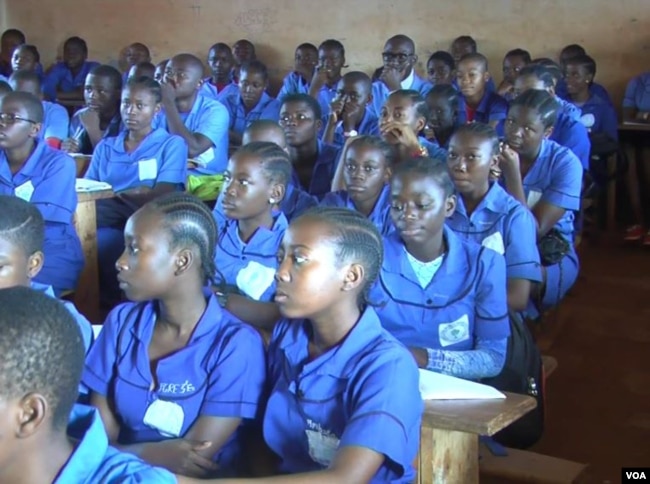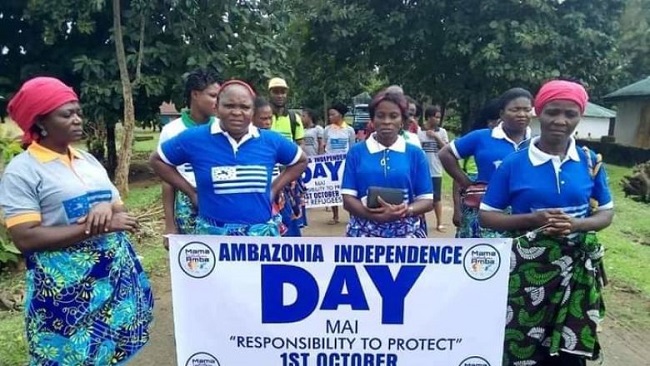12, September 2018
UN says World Hunger Levels Rise for Third Year Running 0
World hunger rose in 2017 for a third consecutive year, fueled by conflict and climate change, the United Nations warned on Tuesday, jeopardizing a global goal to end the scourge by 2030.
Hunger appears to be increasing in almost all of Africa and in South America, with 821 million people – one in nine – going hungry in 2017, according to the State of Food Security and Nutrition in the World 2018 report.
Meanwhile, 672 million adults — more than one in eight — are now obese, up from 600 million in 2014.
“Without increased efforts, there is a risk of falling far short of achieving the SDG target of hunger eradication by 2030,” the report said, referring to the U.N. Sustainable Development Goals, adopted by member nations in 2015.
It was the third year in a row that global hunger levels have increased, following a decade of declines.
The report’s editor Cindy Holleman said increasing variation in temperature; intense, erratic rainfall and changing seasons were all affecting the availability and quality of food.
“That’s why we are saying we need to act now,” said Holleman, senior economist for food security and nutrition at the Food and Agriculture Organization (FAO).
“Because we’re concerned it’s not going to get better, that it’s only going to get worse,” she told the Thomson Reuters Foundation.
Last year, almost 124 million people across 51 countries faced crisis levels of hunger, driven by conflicts and climate disasters, the U.N. said.
Many nations struggling with prolonged conflicts, including Yemen, Somalia, South Sudan and Afghanistan, also suffered from one or more climate shocks, such as drought and floods, the report said.
On Monday, the charity Save the Children warned 600,000 children in war zones could die from extreme hunger by the end of this year as funding shortfalls kick in and warring parties block supplies from getting to the people who need them.
The U.N. said South America’s deteriorating hunger situation might be due to the low prices of the region’s main export commodities – particularly crude oil.
A lack of food had caused an estimated 2.3 million people to flee Venezuela as of June, the U.N. has said.
Uncertain or insufficient access to food also contributes to obesity because those with limited financial resources may opt for cheaper, energy-dense processed foods that are high in fat, salt and sugar, the report added.
Being deprived of food could also lead to psychological and metabolic changes, said Holleman.
“The emotions and anxieties associated with food deprivation could then lead to disorders and bingeing when you do have food,” she said, adding that experiencing this in fetal and early childhood increases the risk of obesity later in life.
Paul Winters, associate vice-president of the International Fund for Agricultural Development (IFAD), said reducing hunger required targeted approaches that went to the roots of chronic poverty.
“That requires having data on where they are, what their limitations are… and making sure we actually do investments that are transformative,” he said. “One of the big concerns is some (donor) countries are shifting much more to humanitarian aid which is important but doesn’t build resilience and address the underlying cause.”
Reuters































13, September 2018
Do you know that a volcanic eruption in Southern Cameroons once killed over 1700 people? 0
On the deadly night of August 21, 1986, a strange and mysterious natural disaster took place at one of the most interesting lakes in Africa — Lake Nyos.
Lake Nyos is not an ordinary lake. It is a crater lake — a lake formed atop a volcanic crater in northwest Cameroon. Though it is one of the most unforgettable tourist attractions in Cameroon, the areas surrounding the lake are deserted as settlers were moved far away from it.
What exactly happened?
Before the 21st, Lake Nyos was a beautiful blue lake with picturesque surroundings.
What the villagers settled around it did not know was that CO2 leaks deep below the lake. On that unfateful day, the water became saturated with the gas and a frothy spray shot hundreds of feet out of the lake, and a white cloud of carbondioxide collected over the water and flowed across the land. The cloud grew to 100 meters tall and moved up to 25 kilometres away from the lake, into the villages of Cha, Nyos and Subum.
The gas cloud displaced all the air, quietly suffocating an estimated 1,746 people and 3,500 livestock.
This disaster lasted for two days, leaving everywhere dead silent, and by Aug. 23, most of the cloud had blown away. After being unconscious for up to 36 hours, few people revived to find, horrifically, that their family members, neighbours and livestock were dead. They found no disturbances, no violence – just corpses. Even the flies had dropped dead. The lake had even lost its signature blue hue and all that was left was a brown rust colour.
One survivor, Joseph Nkwain from Subum, described himself when he awoke after the gases had struck:
“I could not speak. I became unconscious. I could not open my mouth because then I smelled something terrible … I heard my daughter snoring in a terrible way, very abnormal … When crossing to my daughter’s bed … I collapsed and fell. I was there till nine o’clock in the (Friday) morning … until a friend of mine came and knocked at my door … I was surprised to see that my trousers were red, had some stains like honey. I saw some … starchy mess on my body. My arms had some wounds … I didn’t really know how I got these wounds … I opened the door … I wanted to speak, my breath would not come out … My daughter was already dead … I went into my daughter’s bed, thinking that she was still sleeping. I slept till it was 4:30 p.m. in the afternoon … on Friday. (Then) I managed to go over to my neighbours’ houses. They were all dead … I decided to leave … (because) most of my family was in Wum … I got my motorcycle … A friend whose father had died left with me (for) Wum … As I rode … through Nyos I didn’t see any sign of any living thing … (When I got to Wum), I was unable to walk, even to talk … my body was completely weak.”
Now, the government has put in preventive measures like the 3 degassing pumps in the lake although the settlers have still not returned. Till date, Lake Nyos and the surrounding land in northwest Cameroon still seem to be completely dead with no sign of birds or any other animals.
Source: Pulse.ng